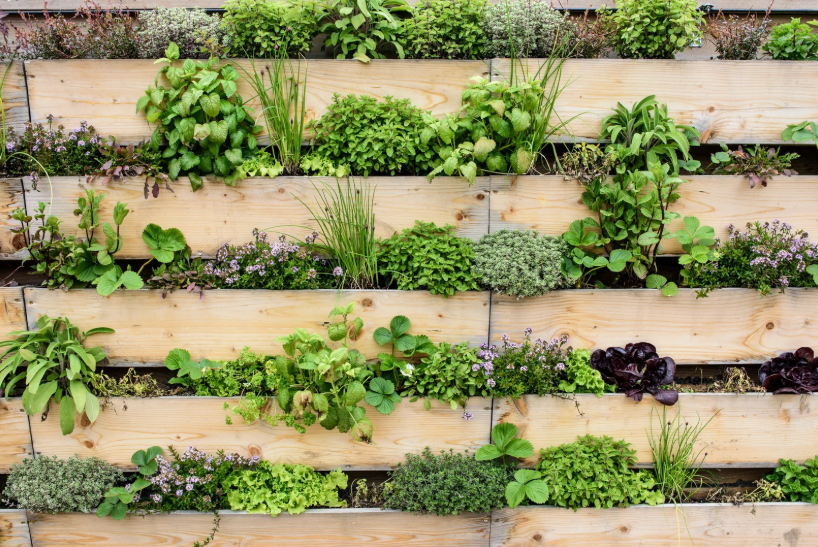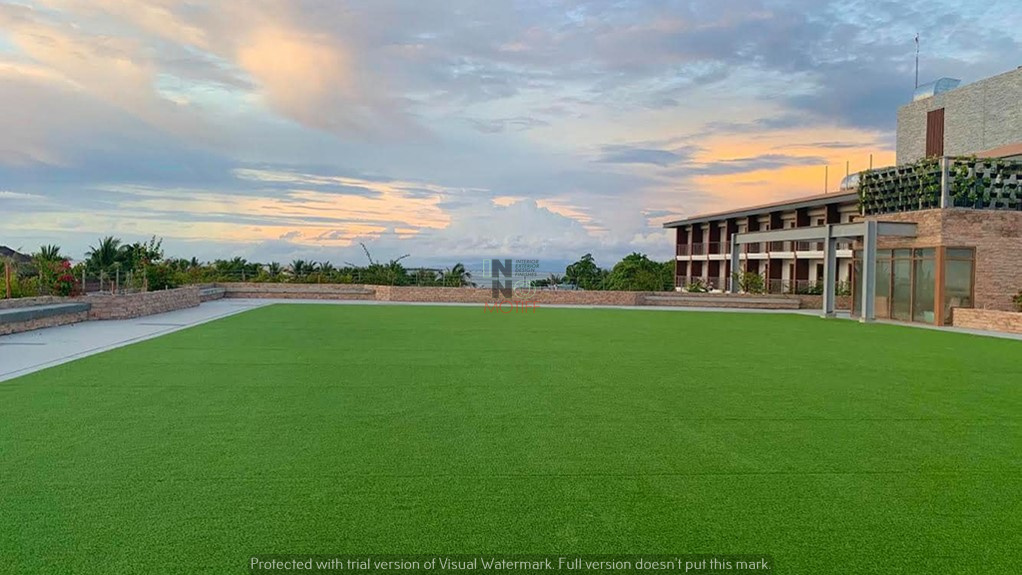A vertical green wall system is more than just a visually stunning addition to a building; it is a living ecosystem that requires careful planning and scientific precision. Plant selection is one of the most important factors that determine whether a vertical garden thrives or struggles. Choosing the right plants ensures not only beauty but also sustainability, low maintenance, and long-term performance. For property owners, businesses, and government institutions in Singapore, partnering with experts like BSG Landscape & Construction Pte Ltd. is the key to building a green wall that blends science, functionality, and aesthetics seamlessly.
Why Plant Selection Matters in Vertical Green Wall Systems
Every vertical green wall system depends on plants that can adapt to unique growing conditions. Unlike traditional gardens, vertical gardens require plants to survive with limited soil, specialized irrigation, and exposure to varying light and climate conditions. Selecting the wrong species can lead to poor survival rates, higher maintenance costs, and diminished aesthetic appeal. On the other hand, the right plant choices enhance air purification, natural insulation, and biodiversity while transforming walls into lush, living environments. BSG Landscape & Construction Pte Ltd. has perfected this process through years of experience in creating green walls that balance science and artistry.
Key Scientific Factors in Plant Selection
Several scientific principles guide the selection of plants for vertical green wall systems:
Light Requirements
Plants need to match their environment. Sun-loving species thrive on outdoor facades, while shade-tolerant species are better for indoor spaces. Where natural light is limited, artificial grow lights can replicate sunlight to support plant health.
Water and Irrigation Needs
Water efficiency is crucial. Drought-resistant plants reduce the stress of inconsistent watering, while advanced hydroponic irrigation systems provide consistent hydration directly to the roots. This ensures plants flourish without wasting water.
Nutrient Requirements
Plants in vertical systems rely on fertilizers delivered through irrigation systems, as soil availability is limited. Choosing plants that adapt well to hydroponic or soilless systems helps maintain vibrant greenery.
Climate and Microclimate Adaptation
Not all plants can thrive in Singapore’s humid and tropical climate. Indoor and outdoor green walls require different species suited to their conditions. For example, outdoor green walls may use hardy tropical foliage, while indoor ones benefit from species tolerant of air conditioning.
By working with BSG Landscape & Construction Pte Ltd., property owners gain access to horticultural expertise that ensures the right plant species are matched to their environment.
Types of Plants Commonly Used in Vertical Green Wall Systems
The choice of plants greatly affects the appearance and functionality of a vertical green wall system. Common categories include:
- Foliage Plants: Ferns, philodendrons, and pothos are popular for their lush, green coverage.
- Flowering Plants: Orchids and begonias introduce vibrant colors and seasonal variation.
- Succulents and Drought-Tolerant Plants: Sedum, echeveria, and aloe are ideal for walls requiring minimal maintenance.
- Edible and Functional Plants: Herbs such as basil, mint, and thyme bring practicality by combining aesthetics with culinary use.
BSG Landscape & Construction Pte Ltd. customizes plant palettes depending on whether the goal is to maximize beauty, functionality, or sustainability.
Aesthetic and Functional Design Considerations
A successful vertical green wall system combines scientific plant selection with thoughtful design. Plant colors, textures, and growth habits can be arranged to form patterns, gradients, or layered effects. Beyond aesthetics, plants provide functional benefits such as absorbing sound, regulating temperature, and improving indoor air quality. Seasonal plant choices can create evolving displays, while evergreen species ensure year-round greenery. With expert design from BSG Landscape & Construction Pte Ltd., vertical gardens become both works of art and eco-friendly assets.
Maintenance and Long-Term Plant Health
Selecting resilient, low-maintenance plants is critical to ensure long-term success. Maintenance includes pruning, pest control, nutrient replenishment, and occasional plant replacement. Integrated pest management reduces the use of harmful chemicals, while consistent monitoring prevents plant loss. By incorporating robust plant species and smart irrigation systems, BSG Landscape & Construction Pte Ltd. delivers vertical green wall systems that remain healthy and vibrant with minimal effort.
Future Trends in Plant Selection for Vertical Green Wall Systems
The future of plant selection lies in innovation. Bioengineered plant varieties designed for vertical growth are being developed to improve resilience and reduce maintenance. Smart irrigation systems with sensors can monitor plant health in real time, ensuring precise watering and nutrient delivery. Native and pollinator-friendly plants are also gaining popularity, promoting urban biodiversity while reducing ecological impact. BSG Landscape & Construction Pte Ltd. remains at the forefront of these trends, offering clients cutting-edge solutions for sustainable green wall design.
Takeaway
Plant selection for vertical green wall systems is both a science and an art. The right combination of species ensures beauty, resilience, and functionality while supporting urban sustainability goals. With years of proven expertise and a commitment to quality, BSG Landscape & Construction Pte Ltd. is the best company to engage for designing, installing, and maintaining vertical green wall systems in Singapore. Whether for commercial, residential, or government projects, their customized approach guarantees a living wall that thrives for years to come.
Frequently Asked Questions
What are the best indoor plants for vertical green wall systems?
Shade-tolerant species like pothos, ferns, and philodendrons are ideal for indoor green walls.
Can vertical green wall systems grow edible plants?
Yes, herbs like mint, thyme, and basil can be successfully grown in vertical gardens with proper irrigation.
How do you maintain plant health in vertical gardens?
Regular monitoring, pruning, fertilization, and pest management are key to keeping plants healthy.
Which plants require the least maintenance for vertical green walls?
Succulents, sedum, and drought-resistant tropical plants are popular for low-maintenance vertical green walls.
Are native plants better for vertical garden systems?
Native plants often adapt better to local climates and require less maintenance, making them an excellent choice.






